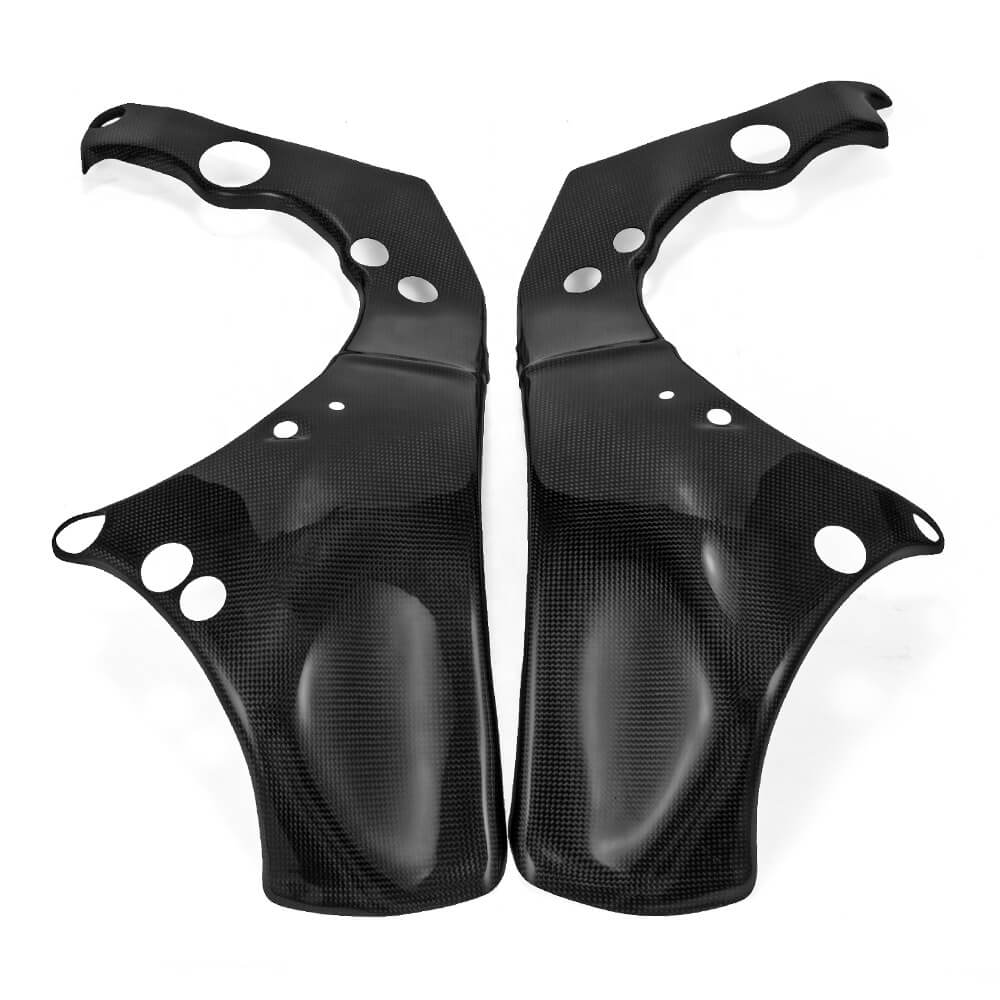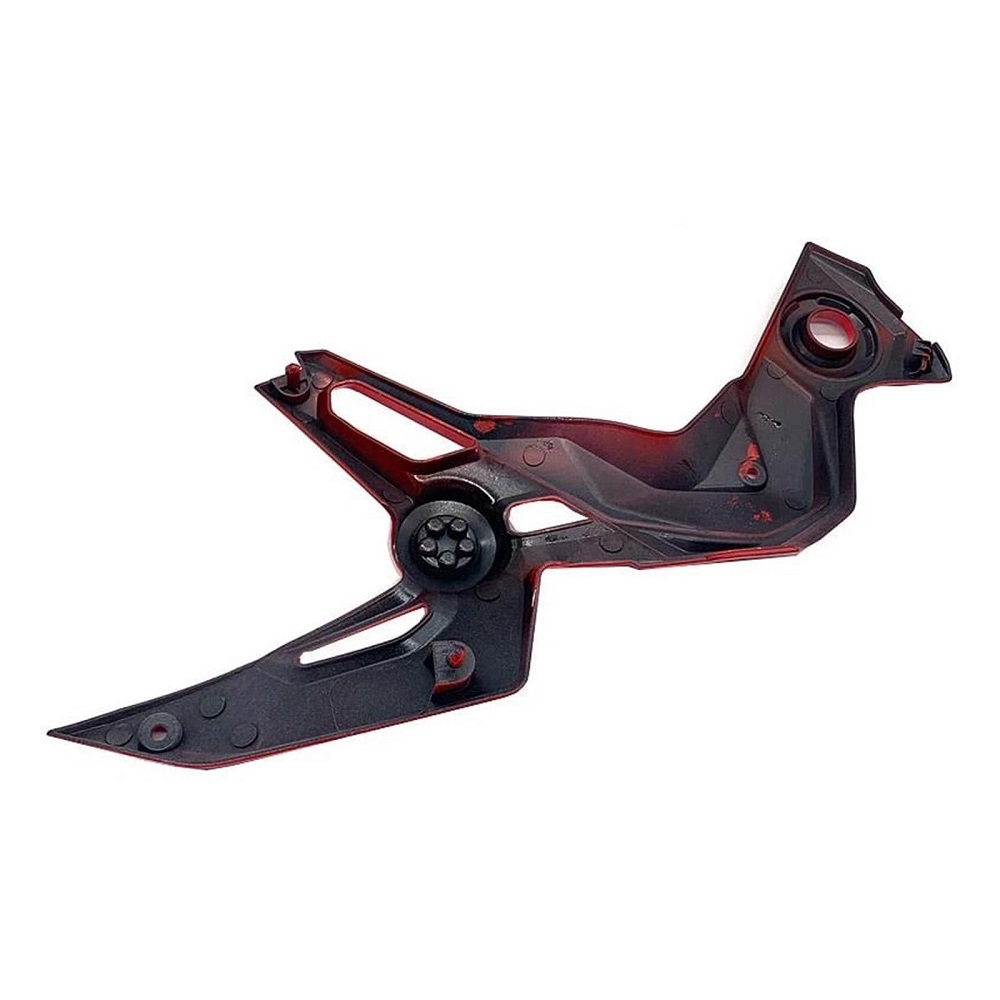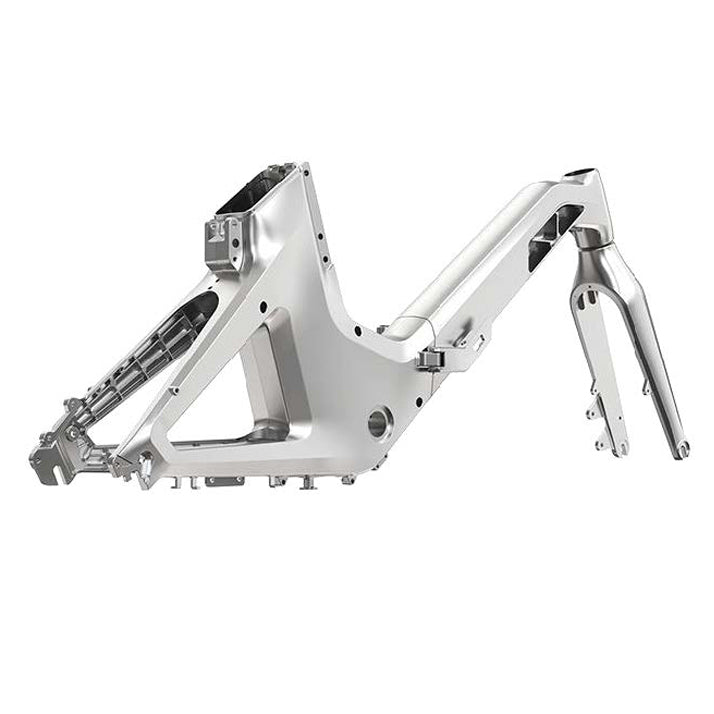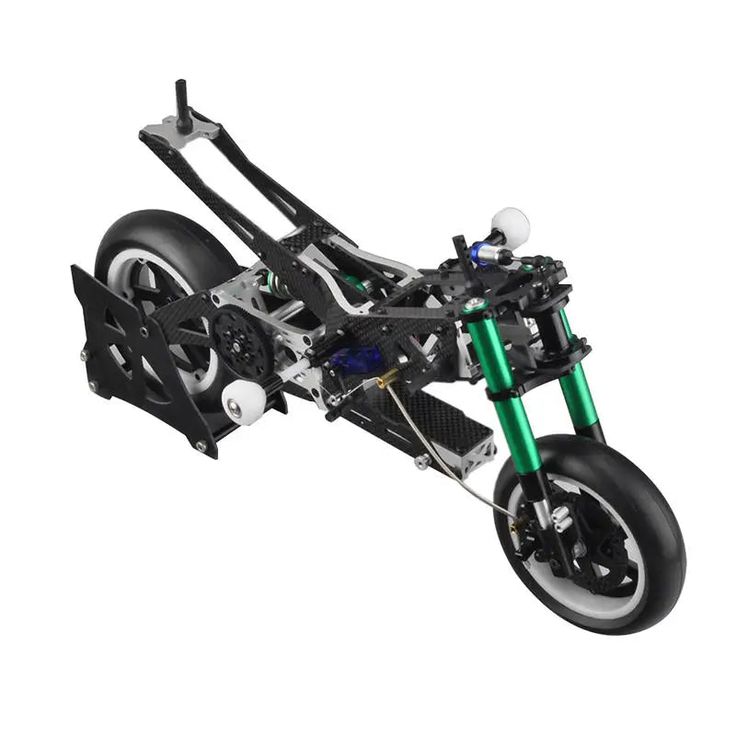When it comes to motorcycles, the frame is one of the most critical components. It serves as the foundation for the entire bike, affecting its handling, performance, and overall stability. Various materials are used to construct motorcycle frame, each offering its distinct advantages and disadvantages. Understanding these materials is essential for making informed decisions when purchasing a motorcycle or modifying an existing one. This article will explore the different types of motorcycle frame materials, detailing their characteristics, benefits, and how they influence performance.
Overview of Motorcycle Frames
Understanding the Purpose of a Frame
The motorcycle frame is the structure that holds all other components in place, including the engine, suspension, and wheels. It provides stability while riding and acts as the bike’s backbone. A well-designed frame ensures that the motorcycle handles properly and can withstand the stresses of riding. It also contributes to the overall weight of the bike, which ultimately affects performance.
Frames are designed to be both rigid and lightweight. This balance is crucial, as too much weight can hinder acceleration and agility, while insufficient rigidity can lead to poor handling and instability. The choice of material has a significant impact on these factors, making it a key consideration in motorcycle design.

Key Characteristics of Frame Materials
When selecting frame materials, several characteristics are critical to performance and handling. These include weight, strength, flexibility, and cost. Each material type offers a unique combination of these attributes, which can cater to different riding styles and preferences.
- Weight: The weight of the frame affects overall handling. Lighter frames generally allow for better agility and acceleration. However, manufacturers must ensure that the lighter materials still provide adequate strength and durability.
- Strength: The frame must be strong enough to handle the forces experienced during riding, including acceleration, braking, and turns. A robust frame ensures longevity and enhances the overall safety of the motorcycle.
- Flexibility: Some flexibility is often beneficial, as it can help absorb shocks and vibrations from the road. However, too much flexibility can lead to a loss of handling precision.
- Cost: The budget can impact the choice of frame material. Some materials are more expensive than others, and manufacturers must balance performance with cost-efficiency in their designs.
Common Motorcycle Frame Materials
1. Steel
Steel has long been a staple in motorcycle frame construction due to its excellent strength and durability. There are several types of steel used in frame construction, including mild steel, high-tensile steel, and chrome-molybdenum steel. Each of these variations offers different benefits in terms of strength-to-weight ratios.
Mild steel is relatively cheap and easy to work with, making it a common choice for entry-level motorcycles. However, it tends to be heavier than other materials, which can affect performance. High-tensile steel offers improved strength and rigidity, while chrome-molybdenum steel provides a higher strength-to-weight ratio, making it compelling for performance-focused bikes.
The main advantage of steel is its resilience. Steel frames can bend without breaking, providing a certain level of safety during impacts. Additionally, steel is relatively easy to repair if damaged, making it a popular choice among builders for custom bikes.
2. Aluminum
Aluminum frames have gained popularity in recent years due to their lightweight properties and resistance to corrosion. Compared to steel, aluminum weighs significantly less, which positively impacts acceleration and handling. This material can be extruded into various shapes, allowing for innovative designs that enhance aerodynamic efficiency.
Aluminum’s advantage lies in its ability to provide a stiff structure while remaining lightweight. This stiffness improves handling and responsiveness, essential for sportbikes and performance motorcycles. However, one disadvantage is that aluminum can be more challenging to repair than steel. Once damaged beyond a certain point, aluminum frames may require replacement rather than repair.
Another benefit of aluminum frames is their aesthetic appeal. Many riders appreciate the modern look of polished or anodized aluminum, which can enhance the overall appearance of the motorcycle. For riders looking for a balance of weight savings and performance, aluminum is often an excellent choice.

3. Carbon Fiber
Carbon fiber is one of the most advanced materials used in motorcycle frame construction today. Renowned for its incredibly high strength-to-weight ratio, carbon fiber is often employed in high-end sportbikes and racing motorcycles. While it is significantly lighter than both aluminum and steel, carbon fiber can offer enhanced rigidity, resulting in superior handling characteristics.
The primary appeal of carbon fiber lies in its performance benefits. Racing teams and high-performance manufacturers favor it for constructing frames and components. It helps reduce overall motorcycle weight without sacrificing strength and stability. However, carbon fiber can be more expensive and is not as easily repaired as steel or aluminum.
Additionally, carbon fiber’s unique aesthetic has earned it a place in luxury motorcycles. The high-tech appearance and glossy finish often appeal to riders wanting sophisticated design elements. For those seeking top performance and cutting-edge technology, carbon fiber can be the ultimate choice.
4. Titanium
Titanium is a premium material known for its exceptional strength and lightweight characteristics. Although less common than steel, aluminum, or carbon fiber, titanium is often found in high-end motorcycles and custom builds. Its strength-to-weight ratio is comparable to that of carbon fiber, but it offers greater durability.
While titanium frames can be prohibitively expensive due to their cost and fabrication challenges, they provide excellent performance benefits. Titanium’s resistance to corrosion makes it ideal for motorcycles exposed to harsh weather conditions or environments.
Riders who invest in titanium frames often cite the benefits of enhanced performance and longevity. However, the availability and costs associated with titanium can be limiting factors for some consumers. For those willing to pay a premium, titanium represents the pinnacle of motorcycle frame materials.

Determining the Right Material for You
Evaluating Riding Style and Needs
When deciding on the best motorcycle frame material, it is essential to consider your riding style and needs. If you are an entry-level rider looking for an affordable and durable option, a steel frame may be suitable. Steel is resilient and straightforward, making it ideal for beginners who may not be as comfortable on a motorcycle.
For sport and performance enthusiasts, aluminum or carbon fiber frames are worth considering due to their lightweight nature and impressive handling. Riders who frequently participate in races or spirited rides will likely benefit from the reduced weight and increased responsiveness of these materials.
If you’re a more experienced rider seeking ultimate performance and are willing to invest in premium quality, titanium may be the right choice. The advanced properties of titanium can significantly enhance performance for those serious about their riding experience.
Considering Weight and Handling
Weight plays a crucial role in a motorcycle’s performance. Lighter frames enhance acceleration, maneuverability, and overall handling. When considering frame materials, evaluate how different weights can impact your riding experience. A lighter frame allows for quicker reflexes and agility, which is particularly advantageous for sport and track riding.
However, it is important to strike a balance between weight and strength. A frame that is too light may sacrifice durability and stability. Understanding your specific needs and preferences will guide you in selecting a frame material that optimizes performance without compromising essential qualities.
Assessing Budget Constraints
Budget is an important consideration when selecting a motorcycle frame material. While steel and aluminum options tend to be more affordable upfront, carbon fiber and titanium may require a higher initial investment. Assess your financial situation and determine how much you are willing to invest in your motorcycle.
When evaluating costs, don’t forget to consider long-term expenses. Higher-quality materials can lead to better performance and durability, which may ultimately save money in repairs or replacements. Weighing both initial and long-term costs will help you make an informed decision in selecting the ideal frame material.

FAQ:
- What are the common materials used for motorcycle frames?
The most common materials used for motorcycle frames include steel (mainly mild steel and chrome-molybdenum), aluminum, carbon fiber, and titanium. Each material has its own set of properties that affect weight, strength, and cost. - What are the advantages of using aluminum for motorcycle frames?
Aluminum frames are lightweight and resistant to corrosion, which helps improve performance and handling. They offer a good strength-to-weight ratio, making them suitable for sport and touring motorcycles. Aluminum frames can also be formed into complex shapes, enhancing aerodynamics. - How does carbon fiber compare to metal frames?
Carbon fiber frames are incredibly lightweight and strong, providing excellent stiffness for enhanced performance. While they can offer better vibration damping compared to metal, they may be more expensive and less repairable in case of damage. Additionally, carbon fiber can be more sensitive to impacts. - What is the benefit of using steel for motorcycle frames?
Steel is strong, durable, and relatively inexpensive compared to other materials. It provides good crash protection due to its ductility, which allows it to bend rather than break in an accident. Steel frames are also easier to repair, making them a practical choice for many riders. -
How do I choose the right frame material for my motorcycle?
Choosing the right frame material depends on your riding style, budget, and performance needs. For aggressive riding or racing, lightweight materials like aluminum or carbon fiber may be preferred. For touring or street riding, a steel frame may offer balance between comfort, durability, and cost.

Conclusion: Choosing the Right Frame Material
In conclusion, the type of frame material significantly affects a motorcycle’s performance, handling, and overall experience. For riders looking to purchase or upgrade their motorcycle, understanding the attributes of various materials is essential in making informed choices.
Each material—steel, aluminum, carbon fiber, and titanium—has its distinct advantages and drawbacks. It’s important to consider factors such as riding style, weight, budget, and maintenance requirements when making a decision. Steel frames may be ideal for beginners, while more experienced riders may benefit from the advantages offered by aluminum, carbon fiber, or titanium frames.
Ultimately, choosing the best motorcycle frame materials for speed and durability can significantly enhance your riding enjoyment and ensure safety on every journey. By carefully evaluating your requirements and preferences, you can find the ideal frame material that perfectly suits your riding lifestyle. Embrace the freedom and thrill of the open road, knowing that the foundation of your motorcycle is built to support every adventure with both performance and reliability!

Leave a Reply